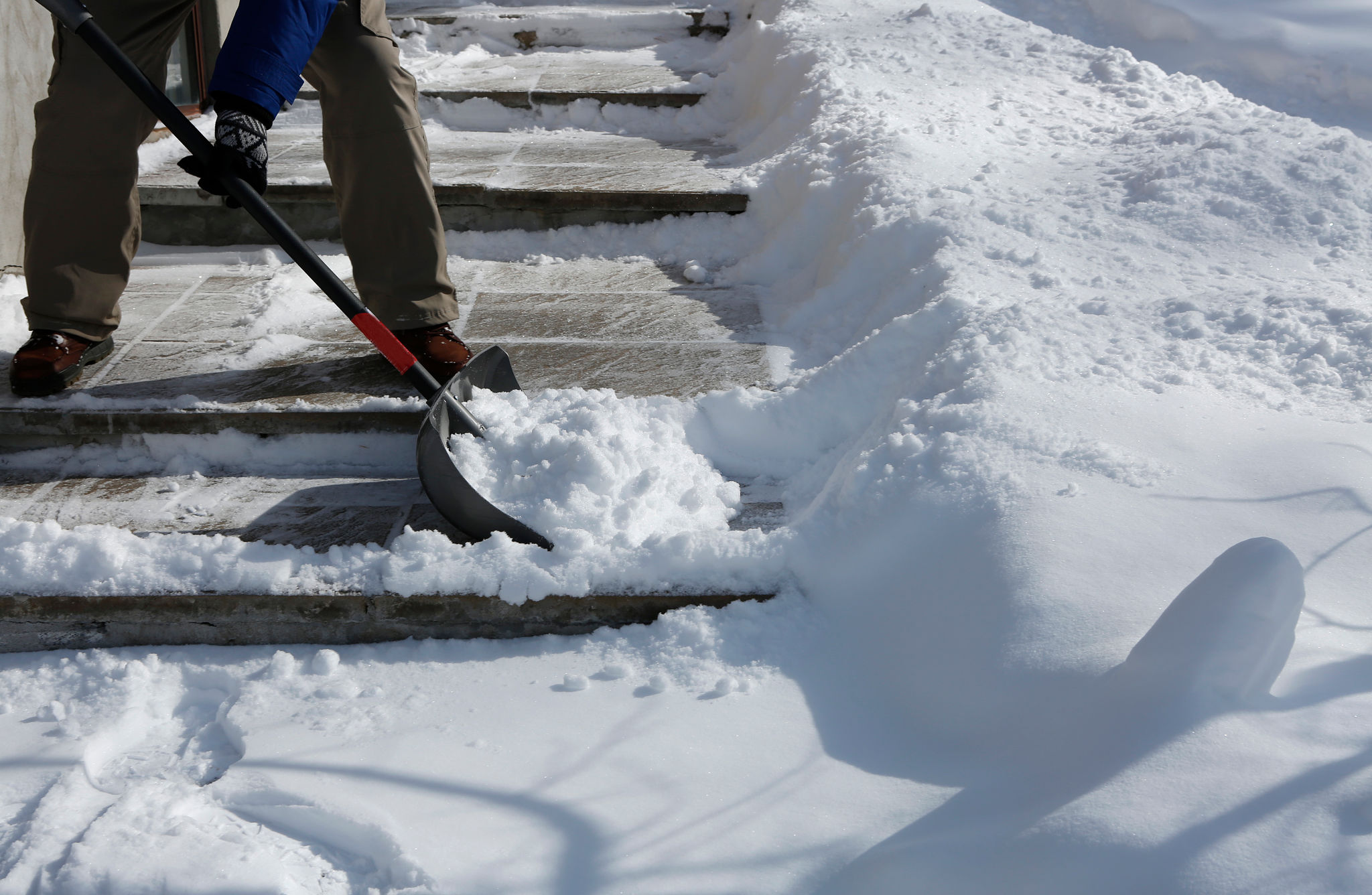Elderly Home Safety Improvements: Preparing for Cleveland Winters
Understanding the Unique Challenges of Cleveland Winters
Cleveland winters are notoriously harsh, with heavy snowfall, icy conditions, and frigid temperatures that can pose unique challenges for the elderly. Ensuring the safety of seniors during these months is crucial. As temperatures drop, it becomes vital to make home improvements that enhance safety and provide peace of mind for both the elderly and their caregivers.
The risks associated with winter weather can be mitigated by taking proactive steps to prepare homes for the season. By focusing on specific areas of the home, you can help create a safer environment that reduces the chances of accidents and improves overall comfort.

Enhancing Accessibility Within the Home
Improving accessibility is one of the most effective ways to ensure safety for elderly residents. Consider installing grab bars in bathrooms and along staircases to provide additional support and stability. Non-slip mats or rugs with rubber backing can prevent falls on slippery floors.
For those using mobility aids, ensure that all pathways within the home are clear and wide enough to accommodate wheelchairs or walkers. Rearranging furniture to create open spaces can significantly reduce the risk of tripping.
Lighting and Visibility
Adequate lighting is essential in preventing accidents. During the darker winter months, it’s important to have sufficient lighting both inside and outside the home. Consider installing motion-sensor lights along pathways and doorways to improve visibility in low-light conditions.

Heating Safety Tips
Keeping warm is a priority during Cleveland’s cold winters, but it’s important to do so safely. Ensure that all heating equipment, such as space heaters or furnaces, is in good working order and has been serviced recently. Avoid using extension cords with space heaters, and keep them at least three feet away from flammable materials.
Install carbon monoxide detectors in key areas of the home, especially near bedrooms, to alert residents to any dangerous levels of this colorless, odorless gas. Regularly check batteries in smoke detectors as well, since heating equipment increases fire risks.

Emergency Preparedness
Winter storms can lead to power outages and isolation due to snow-blocked roads. Ensure that emergency supplies are readily available, including non-perishable foods, bottled water, flashlights, and extra blankets. A battery-powered radio can also be invaluable for staying informed about weather conditions.
Develop an emergency contact list with phone numbers of family members, neighbors, and local services. Keep this list easily accessible, and consider setting up a regular check-in system with loved ones during severe weather events.
Outdoor Safety Measures
Clear walkways are critical in preventing slips and falls when entering or exiting the home. Regularly shovel driveways and sidewalks, or hire a service to manage snow removal. Apply salt or sand to melt ice and provide traction.
If possible, install a ramp with handrails for those who may struggle with steps. This not only provides safer access but also accommodates visitors who use wheelchairs or walkers.

Ongoing Maintenance and Monitoring
Sustaining these improvements throughout the winter months is essential. Regularly inspect all safety features to ensure they remain in good condition. Encourage open communication with elderly residents about any concerns or additional needs that may arise as conditions change.
Ultimately, preparing for Cleveland winters involves a combination of thoughtful planning and proactive measures. By addressing both indoor and outdoor safety concerns, you can create a secure environment that allows seniors to enjoy the winter season with confidence.